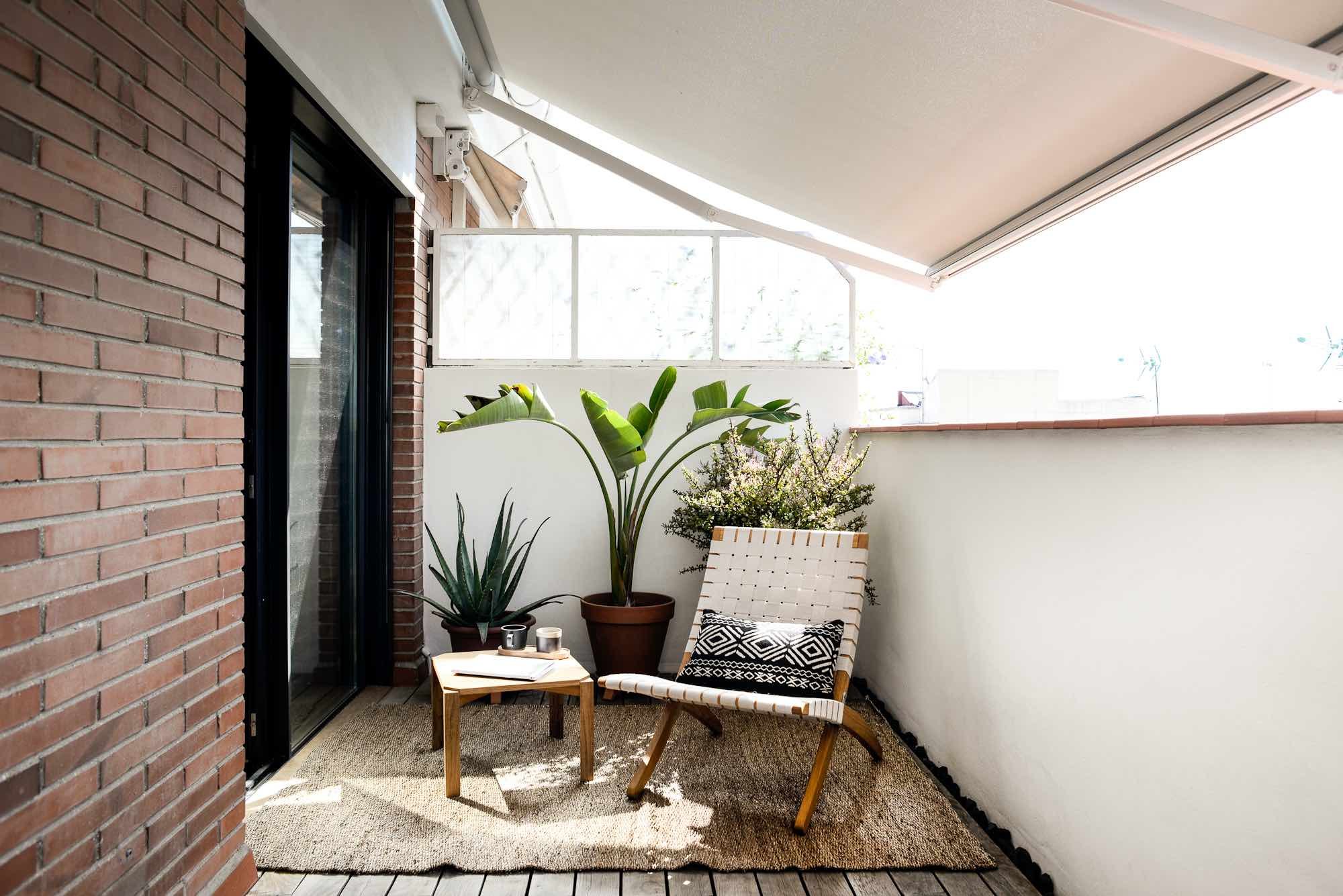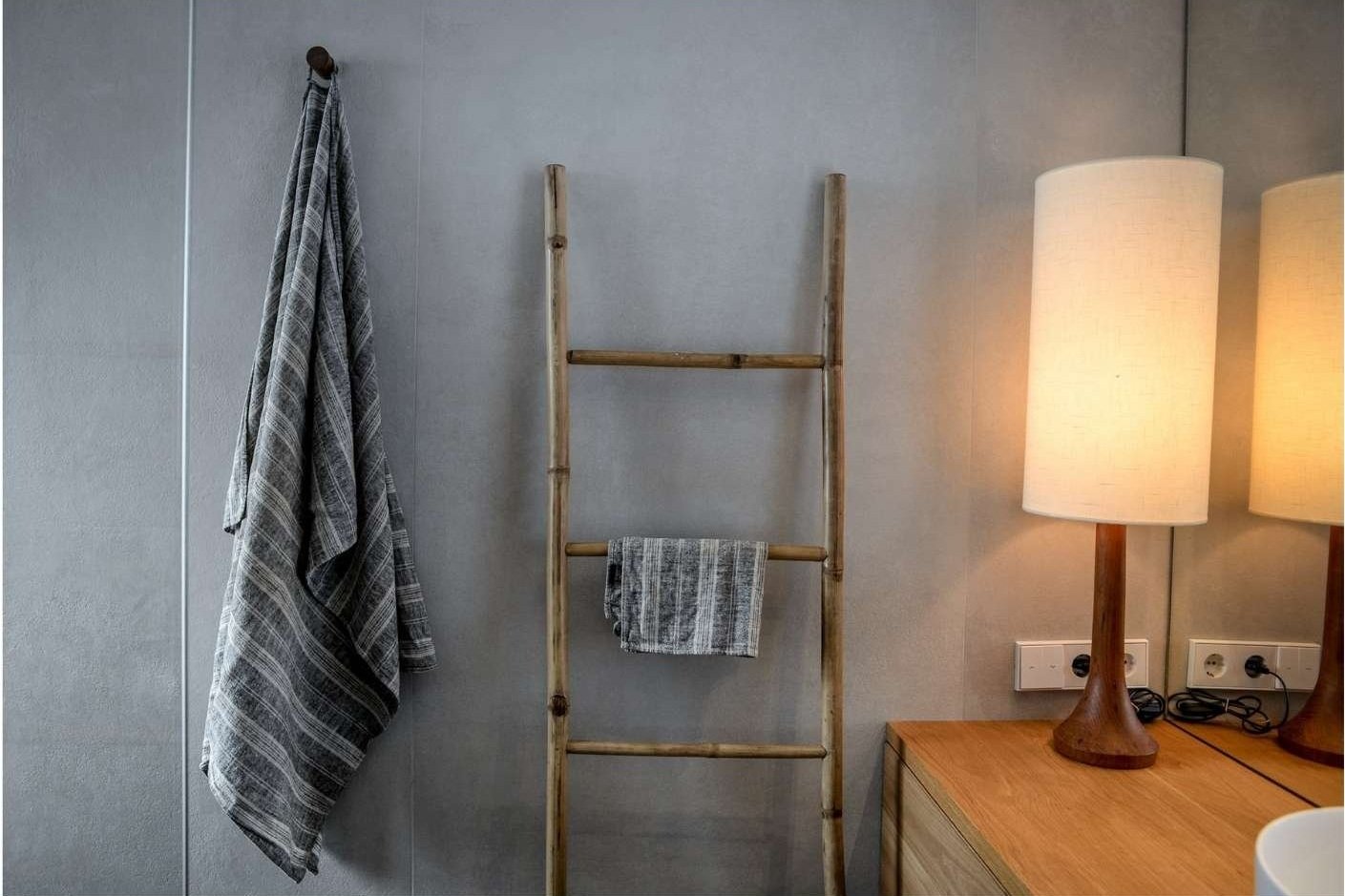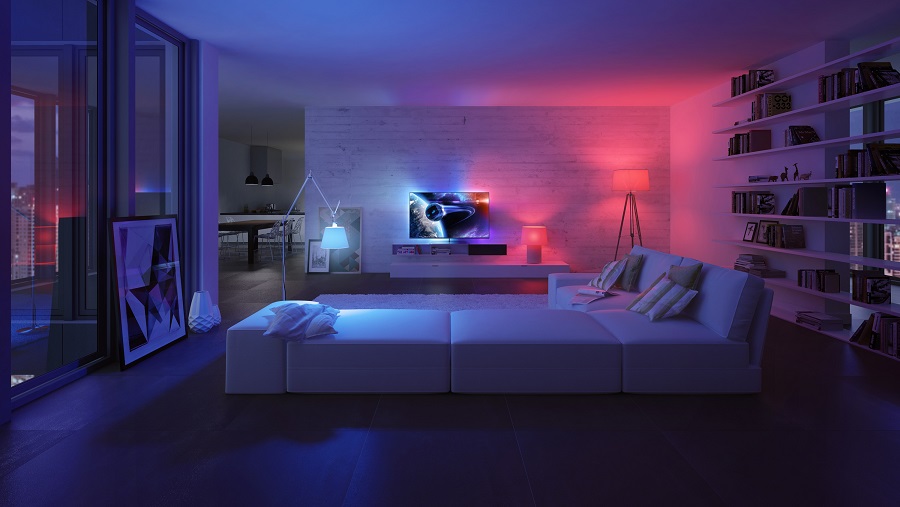wellness Lighting strategies in green buildings and healthy buildings
As healthy building consultants working with healthy building standards such as LEED, BREEAM and WELL, we adopt a strategic approach to wellness lighting that includes an overall lighting plan, daylight prioritization, glare reduction, light fixture selection and smart lighting systems.
wellness Lighting Plans for a healthy indoor environment
Bringing together the inter-connected strands of a lighting strategy into a lighting plan ensures that there is a joined-up approach that integrates sympathy for the type of activity / tasks each particular space is designed for, the building orientation, the type of glass in its windows, daylighting options, glare control (architectural and interior solutions), operations schedule, lighting fixture types for ceiling / floor / walls / tables and lighting layout with an electrical plan at the design stage all help ensure occupant comfort post-occupancy. ensures all stakeholders
prioritizing Daylight in wellbeing interiors
Maximizing access to daylight not just around the perimeter of a floor plate but right through to its core is a way to reduce a building’s energy expenditure and enhance occupant wellbeing. This is best achieved through both architectural and interior design interventions. Adequate windows and suitable glass, skylights and sidelights all have a role to play. Natural light helps us synchronize with our circadian rhythms, improving alertness, concentration and mood.
Glare reduction in healthy buildings
Glare is when daylight bounces off surfaces and screens, creating a visual distraction that can create low-level anxiety amongst building occupants. This type of excessively bright light may come directly from the sun, or reflection off other surfaces, even extreme contrasts in light intensity within a particular space. Glare is a source of visual discomfort and visual fatigue, even headaches. Dimmers, consideration for surface reflectivity levels, shading and overhangs all help mitigate this problem.
wellness lighting systems in healthy green buildings
Using circadian lighting and smart lighting systems that follow our 24hr cycle ensure an interior space is filled with brighter, blue-white light during the day for energy and more amber-hued light after dark to sooth the pathway to restful night’s sleep later on. These systems can be tuned in for seasonality and location as well. The aim is mental alertness in the morning and afternoon, followed by recovery at night, thereby reducing the disruptive effects of artificial light on our body’s natural rhythms through smart lighting / multi-sensory lighting design.
Lighting in healthy building standards
Certification systems such as LEED and WELL provide detailed guidance on wellness lighting strategies. LEED has several credits on the topic, while WELL contains an entire “Light” concept that investigates more specific strategies.
LEED contains an Interior Lighting credit, which focuses on glare and lighting control, and mentions factors such as color rendering and surface reflectivity (LEED). In addition, there is a credit focused on Daylight which mentions the importance of circadian rhythms, connection to the outdoors, and the energy reducing environmental benefits of daylight, as with most all LEED credits.
WELL contains a plethora of information on the subject of light, going in depth on all aspects of healthy lighting strategies. All categories mentioned above (circadian lighting, daylight, glare reduction, and lighting plan) are included in WELL credits, as well as several other more specific distinguishing factors.
See the WELL “Light” concept here for more information.








